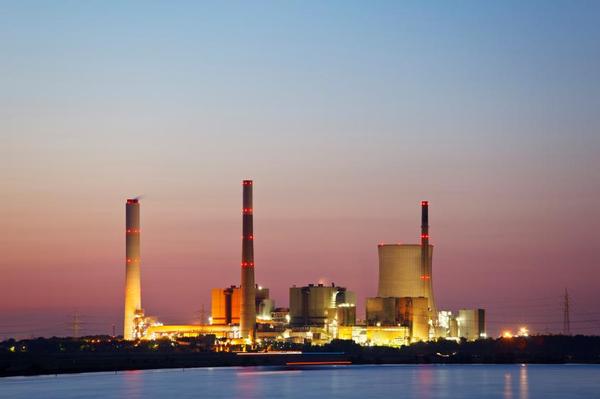Superheated steam, sounds like something out of science fiction. In actual fact it’s not. Superheated steam is formed by the further heating of saturated steam. It is therefore hotter and contains more energy than saturated steam. Superheated steam does not however fit every application or use.
Uses for superheated steam?
Superheated steam is a very dry steam which makes it ideal for physical drive or propulsion applications (e.g. steam turbines). The dryness means that there are no water droplets to cause friction or erode the blades in a steam turbine. Superheated steam is more thermodynamically efficient then saturated steam for physical drive applications. This means that in practice it is used extensively in power generation plants, but less for in heating or similar lower temperature processes.
Advantages?
When sizing steam pipelines for superheated steam higher velocities can be used over saturated steam. Once a plant is up and running no condensate should be formed from the superheated steam. Some plants and sites may raise superheated steam to generate their own power, or it may be raised from waste heat. This superheated steam may not all be used in power generation, in some applications it makes sense to desuperheat it and use it for process applications. The steam is distributed as superheated steam and where it is required for end use, cooled down to saturated steam. This is done using a desuperheater station. Desuperheaters can cool superheated steam down to any temperature above the saturation point. In practice the steam is normally cooled to about 3 degrees C above the saturation point. Desuperheaters can be of direct or indirect type. The direct type is the most common and typically comprises of a water control valve, steam atomising valve, and a nozzle. These items inject a fine spray of water into the superheated steam, which cools the steam as it vaporises.
Disadvantages?
For heating and process applications steam is commonly being used to exchange its heat. One of the biggest problems for superheated steam is efficient heat transfer. The biggest exchange of heat from steam takes place when it condenses. In saturated steam this occurs simply and quickly. With superheated steam, the steam needs to cool before it reaches the saturation point, where condensation can occur. Therefore saturated steam offers higher heat transfer rates. Furthermore the higher temperatures of superheated steam may make it unsuitable for a large number of process and heating applications, as equipment and product could be damaged.

